
Conversation: A Defense of Higher Ed
Princeton-educated campus chiefs, on college and its discontents
In a 1996 lecture on “University Presidents — Then and Now,” then-Princeton President Harold Shapiro *64 traced the changing image of academic chief executives from 19th-century “giants on the Earth” to modern-day CEOs who spend their days rattling the tin cup, hemmed in by recalcitrant faculty, and who, if they “do capture the public imagination at all, it is often the result of perceived moral, social, or political failure.”
Still, it’s a vital, difficult job now held by a score of Princeton alumni. PAW recently brought together five college presidents leading a diverse set of institutions to discuss how they are grappling with issues facing higher education, from funding to sexual misconduct. Here is an abridged account of their conversation. (A conversation with President Christopher Eisgruber ’83 is planned for early next year, after the release of Princeton’s new strategic plan.)
Before the conversation (conducted via a conference call), PAW writer Christopher Connell suggested several topics: the value of a college degree, concerns about soaring tuition and student debt, government demands for accountability, efforts to prevent and police sexual misconduct, and the question of whether political correctness has made campuses less open to free speech and debate.
Mark Schlissel spoke first, challenging what he regarded as the slant of that battery of questions.
Mark Schlissel ’79: Each of these topics is fine, except the common theme is they are all negative. I think that the value and competitiveness of higher education in the United States is one of the outstanding things about our country. People from around the world look to us as the drivers of innovation in terms of research, and the elites aspire to send their kids to America for their university education.
Christopher Connell ’71: But why do we hear so many voices questioning whether the college degree has lost value?
Schlissel: Perhaps some of it is that we are living in an era when people expect things they don’t really expect to pay for. Our government is disinvesting in all kinds of common goods while still demanding that they be produced.
Mark Erickson ’77: The reality is, the degree is worth as much as ever. The impact we have on lifelong earnings and development of a great citizenry is remarkable. I worry about students who don’t go on to college because they are unsure of the value of a degree. That’s a real mistake.
Connell: Tuition has risen much faster than inflation for decades — why is that?
Ronald Berkman *77: Certainly in Ohio, tuition has not risen faster than inflation. [Ohio had the second-lowest rate of tuition increases among public university systems, averaging 2.2 percent a year from 2008 to 2013, according to the College Board.] Indeed, in most of the publics, if you look back a decade, you’ll find that state support has declined significantly and tuition has not nearly kept pace.
Erickson: As a community college, we were established on a model of one-third state support, one-third local support, and one-third from tuition. Today, 21 percent of our support comes from the state of Pennsylvania and 9 percent is local, so a greater burden is passed on to the students. Now, from my prior life as the president of a liberal-arts college, I’ll also tell you at many of those institutions, costs are going up much more slowly than you might imagine. Many institutions have close to a 50 percent discount on tuition, so their prices are actually half the sticker price.
Anthony Monaco ’81: We are providing students a very personalized educational experience with a highly trained and educated community of faculty and staff. By its nature, that is going to raise costs above inflation. It is not easy to drive increases in productivity as you would in manufacturing or consumer services when you are providing that type of residential academic experience, not only with faculty and staff costs, but also a very large physical plant and IT infrastructure that needs to be kept up.
Lisa Rossbacher *83: We’ve seen a collision between the goals of access and affordability in public higher education. I just came to California after 16 years as a president in the University System of Georgia, where the state-supported share of the budget went from 75 percent to less than 25 percent. That difference was largely shifted to students and families. Here in California, there’s been a commitment by the governor and board of trustees for the California State University system to keep tuition affordable, but that’s at the cost of access. So we are limited in the number of additional students we can take in order to serve the ones we have appropriately.
Connell: Cleveland State has gotten national attention for a step it took to speed students to graduation.
Berkman: We believe that particularly for [low-income] students on Pell Grants, time to completion is the most important cost-containment measure that we can take. There were a lot of dysfunctions within the system — the way students registered, the way they were counseled, the courses they took, and the number of credits required in different majors — that acted as impediments to students’ finishing as quickly as they possibly could. So we’ve tried to remove those impediments. We offered students a 2 percent rebate on tuition and a $250 book allowance if they took 30 credits in three semesters — spring, summer, and fall — and finished in good academic standing. In one year we saw a 14 percent increase in the number of students able to meet the threshold.
Connell: How are online education and technology affecting the classroom?
Erickson: We’ve spent a lot of time at Northampton talking about how we can maximize student learning by using technology. This generation of students absorbs information differently. Our push predominantly has been on this whole notion of the flipped classroom. Instead of having a professor come to class and provide a one-way dissemination of information, how do we put many of those lectures online, let the students look at them beforehand, and then engage them in class in a dialogue about what that lecture was all about? Thirty percent of our classes now are taught in that format. One faculty member told me he now feels more like an educational DJ, where he can pull all sorts of resources into his classroom and spin those in a way that engages students.
Monaco: We’re providing more instruction to our faculty about using technology, but this is not just about the technology. Many faculty were never trained formally in teaching, so most do it by trial and error. There’s a lot they can learn from each other and also about how to teach in a diverse classroom. [A discussion of diversity picks up below.]
Schlissel: One unintended but wonderful consequence of the wide discussion of technology and MOOCs [Massive Open Online Courses] is that it’s shined the light on teaching at research universities in particular. It’s caused us to develop ways to work with our faculty to enhance their effectiveness as teachers not just through technology but in many ways in the classroom. It used to be that when university presidents got together, we talked about lots of things, but not very often in-the-classroom education. That’s changed with all the talk about MOOCs and flipped classrooms. It’s making the classroom experience perhaps better, but hasn’t saved us any money. Developing these courses is very expensive.
Rossbacher: I’d put the use of technology in and outside the classroom as part of the larger focus on experiential learning that engages students, rather than their just being receivers of knowledge. That’s always happened with science laboratories, art studios, and field experiences. Expanding that into the traditional liberal arts is a good thing.
Berkman: It’s extraordinarily important for us to see the classroom more as a workshop and hub for projects, and ultimately to bridge that classroom experience with experiences outside the campus. We put an enormous amount of energy and resources into finding co-ops, internships, applied experiences, and service-learning experiences for students throughout the city of Cleveland. Connell: So is the traditional, residential four-year college outmoded?
Erickson: It’s still incredibly powerful. It’s not an affordable opportunity for absolutely everyone, but I don’t think that it will go away. We’re the only community college in Pennsylvania with residence halls. We have 260 beds, and we’re now doubling that because there is such a demand on the part of students to live in that engaged, residential environment.
Schlissel: It’s part of the diversity of higher education in the United States. I don’t think we can afford to educate 100 percent of the population this way, but for a subset of students — and hopefully a diverse subset — this residential education is fantastic.
Connell: Colleges have spent decades seeking to open their doors wider to racial and ethnic minorities. What’s still missing in the push for diversity?
Monaco: This is a challenge at every university. I learned a lot listening to students. Generally students of color felt that much of the burden of educating their fellow students about diverse racial and ethnic groups and differences between cultures was on them — not only in the classroom, but also outside. That was the stimulus for us to organize a diversity council, which I chaired, and make recommendations on how to make the campus environment better and to lessen the burden on students themselves.
Many of us are trained in our Ph.D. programs to do research ... but for teaching you’re thrown in the deep end. If you have a situation where a student from one racial group is expected to speak for the entire race on a subject in the classroom, it does not feel inclusive. You need teachers who know how to provide an environment where everyone, from whatever background they are, feels comfortable.
Berkman: About 40 percent of our student body are underrepresented minority students. One thing that has struck me from the National Survey on Student Engagement is how much students themselves value being in a diverse environment — ethnically, racially, and internationally. That students celebrate the opportunity to come together, learn together, and dialogue together is a step up for us as a society.
Connell: Why are the odds of getting a college degree still stacked against bright students from poor families?
Schlissel: We are particularly challenged when it comes to identifying talented students growing up in circumstances where their public primary education isn’t as high-quality and effective as we’d like. A lot of these kids and their families might be scared off by the perception that they cannot afford higher education. That problem is partially on us for not making clear how much need-based financial aid we provide. So the challenge is twofold: identifying the talented students, and then helping them see themselves at our campuses and convincing them they can be successful with us.
Rossbacher: Humboldt State has just been designated [by the U.S. Department of Education] a Hispanic-serving institution, and we have the largest population of Native American students of any campus in the Cal State system. We’re trying to address the concerns through scholarship support and on-campus programs, and by collaborating with the K-12 system. We see our role as helping all K-12 students in the area to be able to envision themselves in college — whether at HSU or somewhere else. Our programs range from bringing students from nearby tribal communities to campus for a Native American Motivation Day to hosting 100 students on campus in the summer for leadership training.
Erickson: Community colleges are the point of access for students who think there’s no other educational pathway for them. We need to continue to figure out pathways from two-year schools to fine institutions like the University of Michigan and others. We have large numbers of African American and Hispanic men and women, first in their families in college, who but for us cannot figure out how to move forward on this journey. For me it’s fun to live in an environment more diverse than anywhere I’ve ever been, and to hear students say that this campus is the place they feel most comfortable with their race, where they feel unshackled by any sort of vision of who they could or should be and can just be themselves and try to be successful.
Connell: We’ve fallen from first to 12th among industrialized nations in the percentage of college graduates. President Obama wants to make community college free and reclaim by 2020 the distinction of having the most college graduates. That appears unlikely. Why is it so hard to build public support for this?
Erickson: I got excited when I heard the president talk about his proposal for free community college. Many people don’t understand that even though community college tuition costs only $3,800 a year at NCC, many students, even with aid, cannot afford it. In fact, two-thirds of our students must work to pay their college bill. In the beginning of every semester, we drop hundreds of students for inability to pay the bill.
Berkman: One reason that attempts to draw positive attention to the needs of higher education fall on deaf ears is because our political arsenal is very weak. We’ve been unable to build a voice. I heard a governor at a conference say that of all the constituencies in a state, higher education is the easiest to ignore. It has no organized student constituency, no organized parent constituency, no organized faculty constituency.
Connell: The U.S. Department of Education is preparing to rate colleges not only on graduation rates but also on how much graduates earn. Are such ratings fair?
Rossbacher: It’s risky to allow the definition of student success to devolve only to retention and graduation rates. Success for individual students may be a wide variety of things. Ultimately, helping them figure out what they want to do with their lives to make the world a better place is success even if that does not result in a degree.
Schlissel: Higher education, of course, should be held accountable. But even the five of us represent such different types of institutions, and our student populations come from different places and head off in different directions, that identifying what parameters we should be tracking is difficult. That’s the real challenge with the administration’s approach.
Monaco: Linking Pell Grants to these ratings could really hurt accessibility for institutions like community colleges. ... If they reduce funding based on completion rates, they’ll hurt those institutions whose main mission is to educate students from lower socioeconomic backgrounds, many of whom are studying part time.
Connell: Campuses are awash in controversy over how they handle or mishandle sexual assaults and how they police behavior.
Schlissel: We all want our communities to be safe and supportive environments for learning. The challenge we confront is we’re being asked to adjudicate and deal with a serious problem that the broader society has had difficulty dealing with through the police and the courts. The academy is getting better at the prevention and education piece, but is struggling with the adjudication and policing part. That’s not our core mission or expertise, so we have to learn how to develop the structures and apply them fairly to make our campuses safe.
Rossbacher: There is a parallel set of challenges facing higher education right now that has to do with both the physical and mental-health needs of students arriving on our campuses. We’ve seen a dramatic increase in the demand for services from the health center, particularly for mental-health services. But we’re also seeing a lot of institutional collaboration nationally that is helping everyone respond strongly to the issue. Individual institutions aren’t left on their own trying to solve these problems.
Connell: At the same time, some faculty complain that civil-rights enforcers are encroaching on individual rights. There are controversies over “microaggressions” and taking stands on the Israeli-Palestinian conflict. Are campuses less tolerant of contrary political views?
Berkman: I think in many ways campuses are more tolerant than they were in the ’60s, ’70s, and ’80s. I remember the groundswell of opposition when William Shockley [the inventor of the transistor who believed blacks were genetically inferior to whites] was invited to speak at Princeton in 1973. I actually think there’s more tolerance of diverse opinions on campuses today. It’s extraordinarily important that we protect that, that campuses be a safe space for speech and out-of-the-box ideas — not for bigotry or racism or hate, but for a wide range of dialogue.
Monaco: I recently wrote an opinion piece for our student newspaper about freedom of expression on our campus. I had many parents and alumni — as well as students — protesting and petitioning us to cancel speakers or conferences on campus on Middle East issues. We celebrate our students’ being involved in activism and feeling passionate about different issues, but sometimes their direct action shows a narrowness of thought. Petitioning to boycott someone speaking on campus shows that you are not willing to listen, and if you are not willing to listen and engage in a dialogue, then you are not really contributing to the community. We have to guard against that.
Rossbacher: These issues also provide a wonderful opportunity to have a conversation on campus about expanding the definition of diversity and make sure that it doesn’t get narrowed into race, class, gender, ethnicity, but to also talk about the diversity of ideas and perspectives and experiences and political philosophy. That takes a conscious effort. It doesn’t necessarily happen naturally.
Connell: What did you learn at Princeton that helps with the job?
Schlissel: As maligned and argued about as the distribution requirement at Princeton may be, for me the broad grasp and exposure I had to different academic areas and the experience of living and learning alongside people whose futures were on a very different trajectory than mine has really stood me in good stead as an administrator.
Berkman: My Princeton experience was my first at a residential college. Living first at the Grad College and then interacting for four years with a wide range of students on campus was incredibly enriching. It was a little stop in Plato’s Republic after coming from a largely commuter college.
Monaco: In addition to the liberal-arts education, when I was a Princeton undergraduate I got very interested in neuroscience, and they allowed me to have an independent concentration that crossed the disciplines of psychology and biology. The innovation and creativity around that has driven a lot of my thinking not only as a scientist, but also as a president of a university with a range of graduate and professional schools, always thinking of ways to push those interactions between the disciplines so that our scholarship and research can have a bigger impact on global challenges.
Erickson: The Princeton experience really broadened who I was as a person, lifted my confidence, but also challenged me in ways that I’d never been challenged before. In a very personal way, there was an assistant dean of students, a guy by the name of Carl Wartenburg, who reached out to me in freshman year and became a lifelong mentor and demonstrated the impact someone in his kind of position could have on someone like me going through Princeton. That’s why I decided to go into higher education. I keep a picture of him on the corner of my desk to this day because of all the unbelievable lessons he taught me about humanity and engagement, believing in myself — all those sorts of things.
Rossbacher: As a graduate student I found Princeton an incredible place for interdisciplinary exploration. That happened within the department, with other students, both undergraduate and graduate, with whom I’m still in contact today. I loved the access to the visiting speakers, just to walk across campus and see a sign tacked to a tree that said, “Henry Kissinger is speaking at 4 o’clock this afternoon.”
I also think that a background in geology is a great preparation for being a college president. Geologists are inherently wired to look at the big picture, to build solutions out of inadequate and fragmentary data, and to not get too upset unless something registers more than 7.5 on the Richter scale. Thinking about things in terms of 4.5 billion years puts today’s issues in perspective.
Schlissel: And you got to walk past the dinosaur in Guyot Hall every day.
Rossbacher: That’s exactly right.
Ronald Berkman *77 has been president of Cleveland State University since 2009, after serving in senior positions at Baruch College, City University of New York, and Florida International University. He led a successful push to have more students graduate on time.
Mark H. Erickson ’77 made the unusual decision in 2012 to lead a two-year institution, Northampton Community College in Pennsylvania, after serving as president of Wittenberg University in Ohio for seven years. Northampton sends graduates on to four-year colleges in large numbers.
Anthony P. Monaco ’81, who holds an M.D. degree along with his Ph.D. in neurobiology, took the helm at Tufts University in 2011 after a career spent mainly at Oxford, where he directed the Wellcome Centre for Human Genetics and was Oxford’s pro-vice chancellor of planning and resources.
Lisa Rossbacher *83, a geologist, was faculty dean at Dickinson College and at Whittier College before becoming president of Southern Polytechnic State University in Georgia in 1998. She took on the top job at Humboldt State University, northernmost of the California State University campuses, in 2014.
Physician-scientist Mark S. Schlissel ’79 became president of the University of Michigan, one of the nation’s top research universities, in 2014, after a stint as provost of Brown University. He spent most of his career at Johns Hopkins University and the University of California, Berkeley.
Journalist Christopher Connell ’71 writes frequently about higher education and health policy, and is the author of Internationalizing the Campus, an annual report published by NAFSA: Association of International Educators. He is a former reporter for the Associated Press in Washington.
Related Stories
The Future of Higher Ed
At the Princeton-Fung Global Forum, leaders discuss a changing environment
Paying for MOOCs
A University plan triggers faculty debate over royalties, control of online courses
Essay: Why Colleges Matter
Friendships founded on intellectual exchange
Universities on the Defensive
In an excerpt from his Alumni Day talk, Hunter Rawlings III *70 lays out the challenges facing higher education
The Future of Education?
As the world gets a taste of Princeton, Princeton gets ideas to improve at home
Financial Aid: Who wins?
As elite schools offer financial aid to more affluent families, other colleges struggle to stay in the game




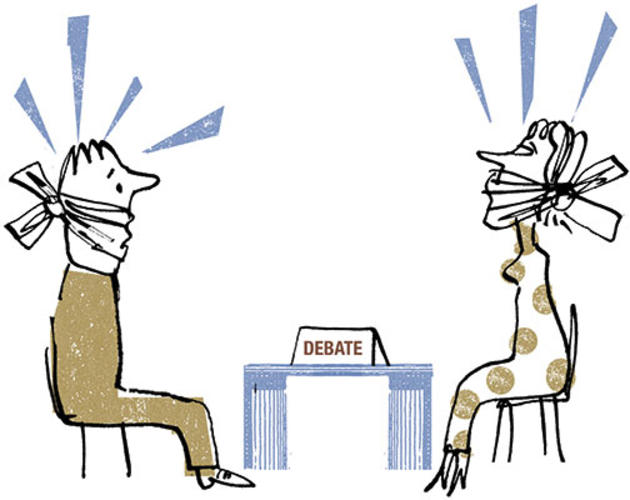
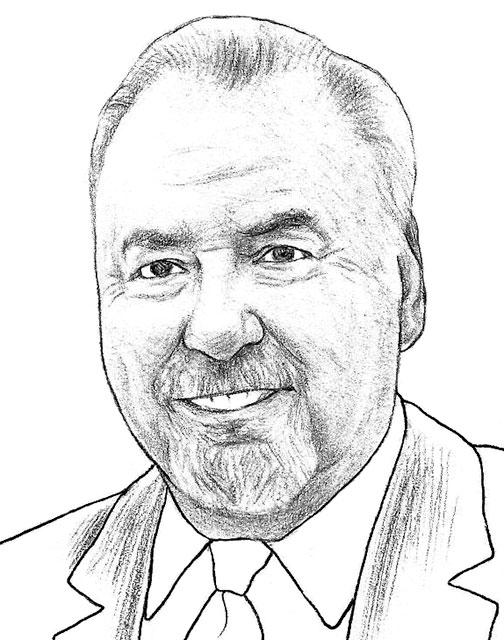
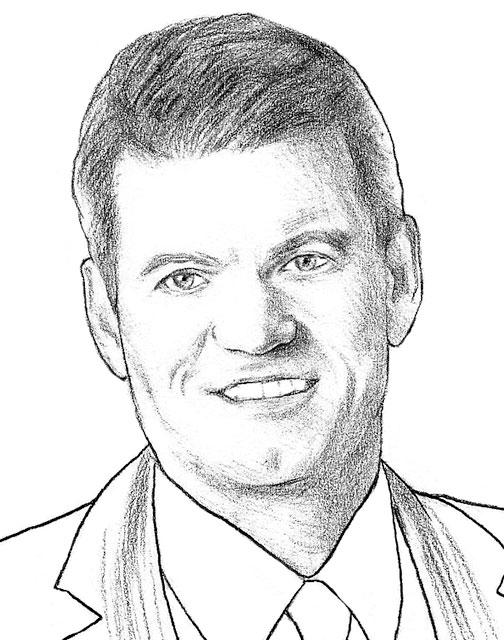
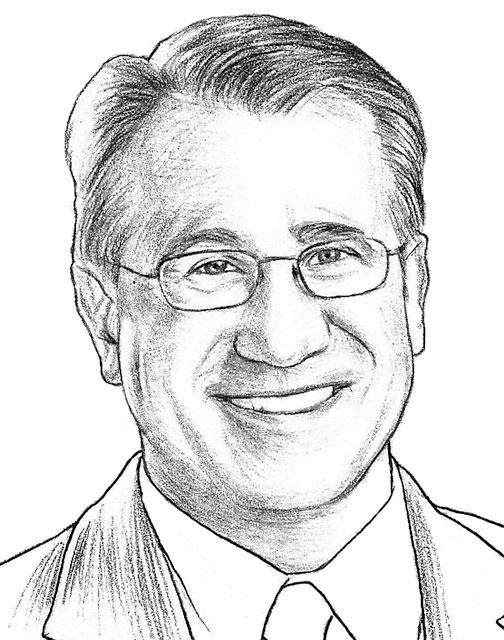
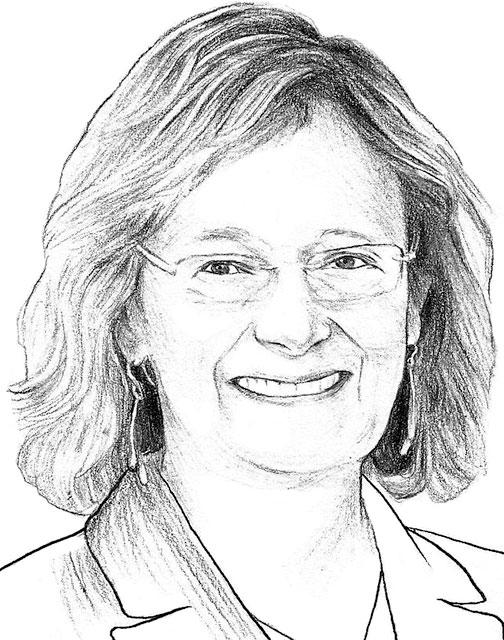
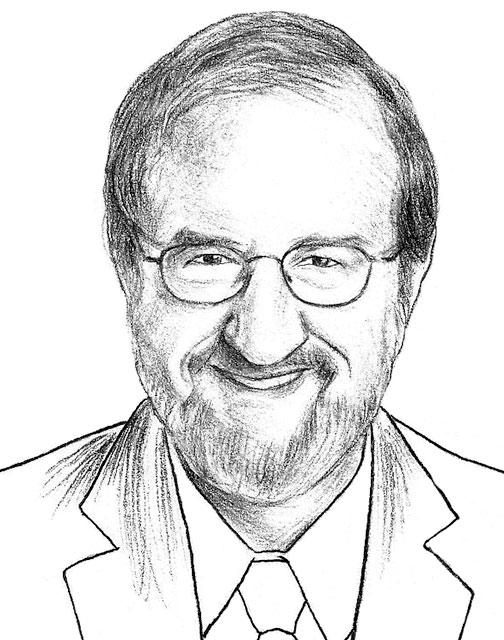
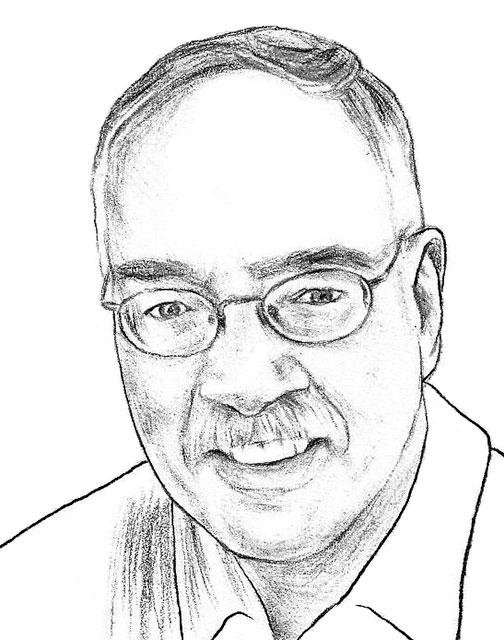




1 Response
R.E. Stratton ’60
9 Years AgoTactful Defense of Higher Ed
I am grateful that five “academic chief executives” and one journalist have defended higher education as tactfully as they did (feature, July 8). The discussion begins promisingly enough, with a panelist suggesting the proposed agenda is too negative, but he’s quickly cut off when the interviewer speaks of “so many voices” questioning whether a college degree is worthwhile.
But who are these voices, and what specifically are they asking? Fortunately, we are spared those offensive details. No names, no places, please. Above all, no political affiliations! In fact, political subjects are mostly limited to the term “political correctness” if present at all in this tasteful investigation, as is the unhappy question of corporate control via Big Bucks. Bravo!
Of course, it is admitted that higher ed’s “political arsenal is very weak,” but fortunately no indigestible specifics are offered about why this is so. Perhaps it’s just one huge accident. Ask the folks at the University of Wisconsin-Madison if in doubt.
In any case, matters conclude wittily enough with a reference to our beloved old dinosaur in Guyot, while giants still walk the Earth, and we can now move pleasantly on to something of genuine importance, namely Reunions.